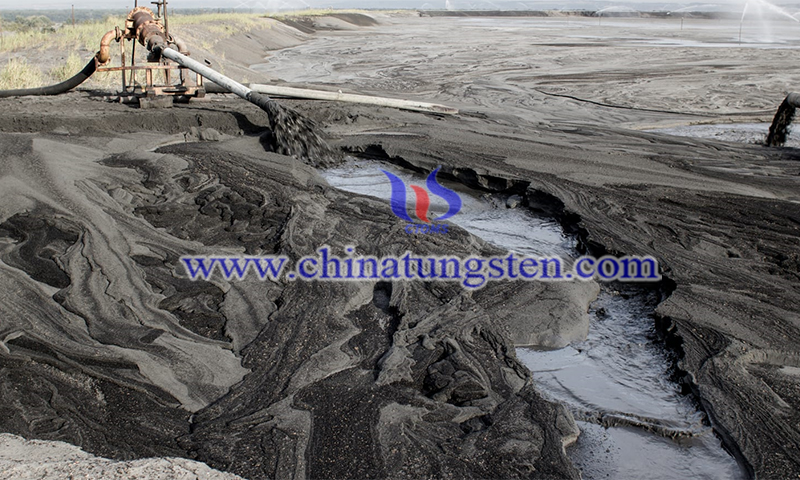Use Citric Acid to Extract Rare Earth Metals from Coal Ash
- Details
- Category: Tungsten's News
- Published on Friday, 05 November 2021 17:06
New research led by Sandia National Laboratories has found that citric acid, a harmless, food-grade solvent, can be used to extract highly sought-after rare earth metals from coal ash.
In a media briefing, the team behind the discovery described a new process that involves using supercritical carbon dioxide solvent and citric acid as carriers for rare earths to separate them from the host material, fly ash.
In a controlled environment, the team found that in less than a day, at 70 degrees Celsius and 1100 psi (about 70 times the normal atmospheric pressure), the method extracted 42% of the rare earths from a coal waste sample.
"Not only does this technology recover rare earth metals in an environmentally sound manner, but it will actually improve the environment by reducing the toxicity of the coal waste that is spread across the United States," Guangping Xu, Sandia's lead researcher on the project, said in a media release.

Sandia technology can be used to extract rare earth elements and other key metals from coal ash. It can also be used as a coal cleaning agent to remove toxic substances and sulfur.
Guangping notes that the acids most commonly used as chemical separators in the mining industry - nitric, sulfuric or phosphoric acid - are also capable of extracting rare earths from fly ash, but generate large amounts of acidic waste, which can cause significant environmental damage.
He said, "The harmless extraction of rare earths from fly ash not only provides a nationally important source of materials for computer chips, smartphones and other high-tech products - including fighter jets and submarines - but also makes fly ash cleaner, less toxic and able to be reused directly as concrete fill or agricultural topsoil."
In Guangping's view, the method, if widely adopted, could turn coal ash from an environmental outcast into a commercially viable product.
Citing a 2016 paper published in the journal Environmental Science & Technology, the geologist and geochemist said that in the United States, approximately 115 million metric tons of coal combustion products are produced each year, a total that includes 45 million tons of fly ash. This means that if the company decides to adopt Sandia's patent-pending process, they will not lack the necessary original input.
Guangping said: "In theory, a U.S. company could use the citric acid to mine coal and coal byproducts for rare earths and compete with China's mining industry."
Data published in Foreign Policy show that China produces or controls more than 70 percent of the world's rare earth mines, and that it refines more than 80 percent of the rare earths into mixed oxides and separates more than 90 percent of them into individual elements. In Guangping's view, given this situation, "it may make sense to have alternate sources of rare earth metals to avoid being at the mercy of foreign supplies."
Coal ash, also referred to as coal combustion residuals, is produced primarily from the burning of coal in coal-fired power plants. Coal ash includes a number of by-products produced from burning coal, including fly ash, bottom ash, boiler slag, and flue gas desulfurization material.
- Rare Earth Manufacturer & Supplier, Chinatungsten Online: www.chinatungsten.com
- Tungsten News & Prices of China Tungsten Industry Association: www.ctia.com.cn
- Molybdenum News & Price: news.molybdenum.com.cn
- Tel.: 86 592 5129696; Fax: 86 592 5129797; Email: sales@chinatungsten.com